Red light therapy (RLT), also known as low-level laser therapy (LLLT), has gained significant attention as a non-invasive treatment for hair loss. By exposing the scalp to specific wavelengths of red or near-infrared light, RLT aims to stimulate hair follicles, improve scalp health, and promote hair regrowth. But does it actually work?
What Is Red Light Therapy for Hair Loss?
Red light therapy treatment, or low-level light therapy, has recently been gaining attention as a natural, effective and safe way to stimulate hair growth.
It works like this: when the visible red light laser is applied to the scalp (at the ideal duration, intensity and wavelength), the body can harness the light and turn it into cellular energy. This stimulates the body's natural healing process — and potentially promotes hair regrowth.
In the first study, the participants were treated every other day for four months, which resulted in 60 treatments total. There was a 35% increase in hair growth for this group.
The second study lasted for 14 weeks, and the therapy was conducted daily and showed a marked increase in hair density.
Red light therapy is a painless treatment that uses the visible wavelength of light in the red spectrum. When it comes to hair growth, the light (usually around 630 nanometers) goes deep into the skin to where it helps to stimulate hair follicle to encourage growth, says board-certified dermatologist Ellen Marmur, MD. She adds that it uses photobiomodulation—a process meant to induce cell proliferation and enhance stem cell differentiation, per the Journal of Clinical Medicine.
How Does Red Light Therapy Promote Hair Growth?
The effectiveness of Red Light Therapy (RLT) in promoting hair growth is not just anecdotal; it is backed by several scientific studies that demonstrate its potential benefits. Below, we delve into some key research findings that illustrate how RLT can be an effective treatment for hair loss. In the context of female pattern hair loss, RLT has shown promising results.
Studies highlight the effectiveness of red light therapy in treating this condition, with one notable study revealing that women participants who received red light therapy treatment experienced even better hair growth outcomes than men.
Another trial found a significant 51% increase in hair counts for women undergoing red light therapy at a wavelength of 650 nm, underscoring the need to combine red light therapy over laser therapy and its potential as a targeted treatment for female pattern hair loss.
Benefits of Red Light Therapy for Hair Growth
Red Light Therapy (RLT) offers several compelling benefits for hair health, making it an attractive option for those experiencing hair thinning or pattern hair loss too. Below, we explore the key advantages of incorporating RLT into your hair care regimen.
- Preventive Measure: RLT can help slow the progression of hair loss, especially in cases like androgenetic alopecia, by keeping hair follicles in the growth phase longer.
- Supporting Research: Clinical trials indicate that regular use of RLT can effectively extend the lifespan of hair follicles, delaying the onset of the shedding phase.
- Ease of Use: Unlike surgical interventions or pharmaceutical treatments, RLT offers a non-invasive alternative that is simple and pain-free.
- Low Risk: Given its non-invasive nature, RLT comes with minimal risks, making it a safe option for long-term use.
While scientific studies provide a strong foundation for RLT's benefits, personal testimonials and user reviews often highlight its effectiveness in real-world applications. Many users report noticeable improvements in hair quantity and quality within a few months of consistent treatment.
Red light therapy is a safe, effective natural hair loss treatment that’s reliable for both male- and female-pattern baldness, as shown in numerous studies. Across study after study, red light treatments have increased hair counts, boosted hair thickness, and helped people improve their appearance and confidence levels. If you’ve struggled with hair loss and unsuccessful treatments, consider giving natural red light therapy a try.
Limitations and Considerations
Red light therapy for hair loss is not a fast, one-session treatment. In the studies where success was seen, for example, the patients went through 60 sessions at home. In short, you’ll want to see this treatment as an ongoing effort against hair thinning. Each session should be between 20 to 30 minutes long. Its recommended you use at-home treatments between three to five times a week. Yes, you can get more in-depth treatments at a clinic, but after that, you’ll want to continue treatment at home.
Secondly people with scarring alopecia will not see any benefits from light therapy for hair loss. This form of hair loss involves permanent damage to hair follicles due to scarring and is generally resistant to LLLT. Also note that patients expecting immediate results may be disappointed in the first few months of red light therapy. LLLT requires consistent use for several months and those looking for a quick fix will need to wait 3-6 months to see an improvement.
It’s crucial to consult a dermatologist before starting any new hair loss treatment, including red light therapy. They can assess your individual situation and determine if red light therapy is a suitable option for you. Red light therapy is generally considered safe, but it can have some side effects. These side effects are usually mild and temporary and often resolve on their own shortly after treatment.
Here are the potential side effects:
- Scalp irritation: Some people might experience a slight irritation or a tingling sensation on the scalp. This is usually temporary and subsides soon after the treatment session.
- Redness and scalp tenderness: Temporary redness and tenderness of the treated area can occur. This is due to increased blood flow and usually fades within a few hours.
- Dry scalp: The scalp might feel drier than usual after therapy.
Real-World Experiences and Testimonials
Many users report noticeable improvements in hair quantity and quality within a few months of consistent treatment. An Amazon reviewer says: “Very good device! It works fast! You can see the results in a very short time. My hair started growing back and thickening very quick! It’s even helping me with the grey hairs–are turning back to my original color! I love this product! Its 100% worth the purchase!”
Posts on X also reflect positive sentiment. For example, one user shared, “Bought a red light panel about 4 weeks ago & it works way better than I expected for hair growth. Noticed it first in my eyebrows by needing to pluck them more often. Hair is also growing super fast. Worth every penny.” Another user noted, “4-months red-light therapy reverses baldpatch and hair loss from ‘incurable’ condition. Even if you lose all your hair, you can grow it all back with the right conditions and nutrition- it’s just about experimenting and finding what works for you.”
Frequently Asked Questions (FAQ)
Is red light therapy safe for everyone?
Red light therapy appears to be safe and isn’t associated with any side effects, at least, if used short-term and as directed. This therapy isn’t toxic, not invasive and not as harsh as some topical skin treatments. Unlike the cancer-causing ultraviolet (UV) light from the sun or tanning booths, RLT doesn’t use this type of light.
However, if products are misused — perhaps used too often or not according to directions — there’s a chance your skin or eyes (if not protected) could be damaged. The long-term safety of devices that use red light therapy isn’t yet known. People who take medications that increase their skin or eye sensitivity should not use red light therapy. People who have a history of skin cancer or eye disease should speak with their doctor before using red light therapy.
Can red light therapy reverse gray hair?
Unfortunately, red light therapy is not proven to reverse gray hair. Gray hair occurs due to a decrease in melanin production in the hair follicles. Although red light therapy increases blood flow to the hair follicles and promotes healthy hair growth, it does not affect melanin production.
What types of hair loss does red light therapy treat?
Red light therapy has been scientifically proven to promote hair growth, improving hair density and thickness by up to 51%. Even though most of these studies were performed on people with androgenetic alopecia, good results have also been reported for alopecia areata and telogen effluvium. However, it is less effective for people in the advanced stages of hair loss than for those in the early stages.
How does red light therapy compare to other hair loss treatments?
A 2017 meta-analysis in the Journal of the American Academy of Dermatology compared various treatments for androgenetic alopecia, including red light therapy and minoxidil. The study found LLLT was effective in promoting hair growth with minimal side effects compared to minoxidil.
More from us:
- Red Light Therapy for Lymphedema
- What to Look for When Buying a Red Light Therapy Device
- What Do Dermatologists Think of Red Light Therapy?
- Red Light Therapy For Joint Pain
- Can You Use a Light Therapy Lamp All Day?
Conclusion
Red light therapy offers a promising, non-invasive option for promoting hair growth, particularly for those with androgenetic alopecia, alopecia areata, or telogen effluvium. Backed by numerous clinical studies, RLT has demonstrated significant increases in hair density and thickness, with minimal side effects.
It requires consistent use over several months, and results may vary based on individual factors like the stage of hair loss and adherence to treatment. Consulting a dermatologist is essential to determine if RLT is suitable for your specific condition. With the availability of FDA-cleared at-home devices, red light therapy is an accessible and safe option for many seeking to address hair thinning and improve scalp health.

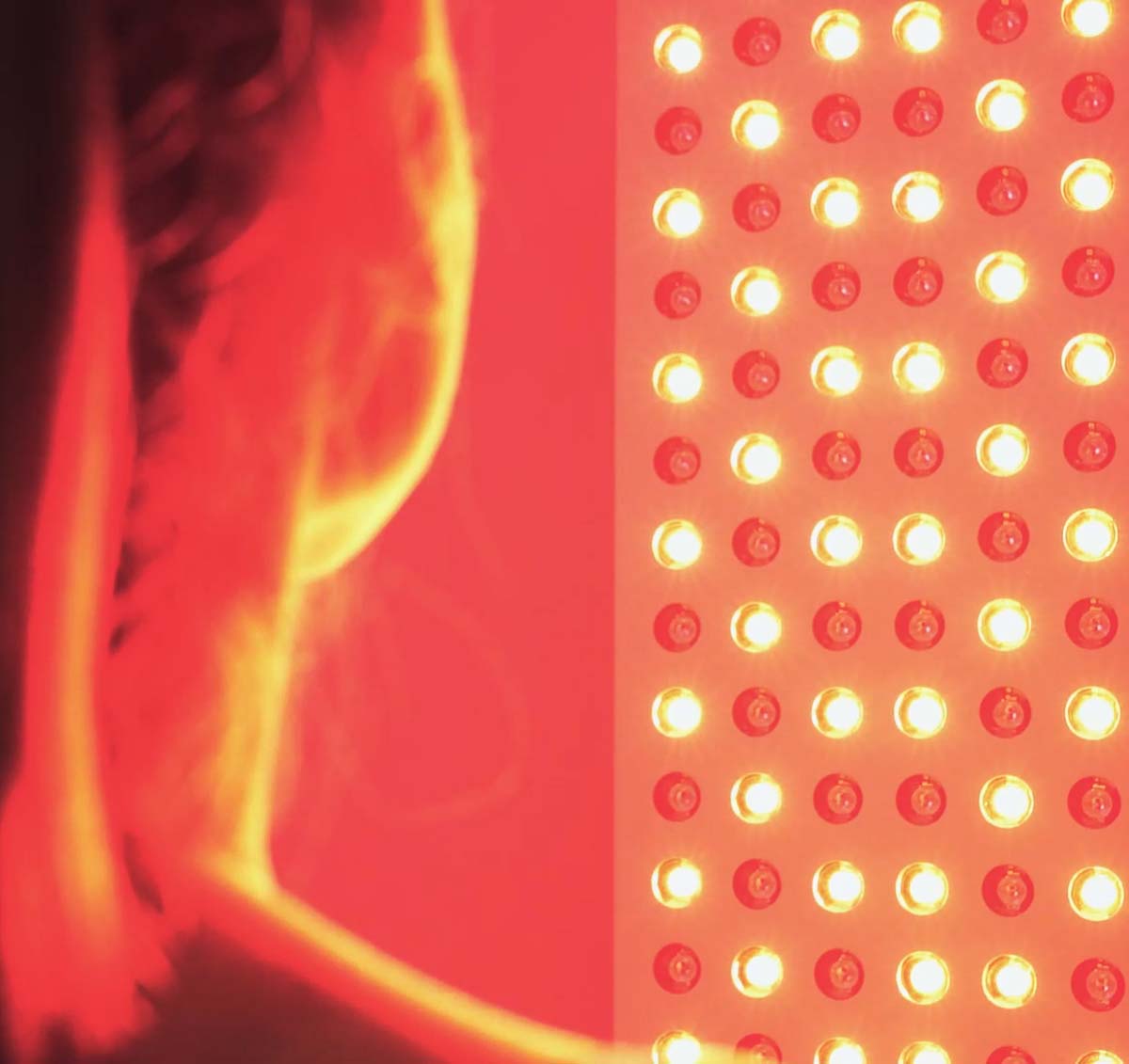
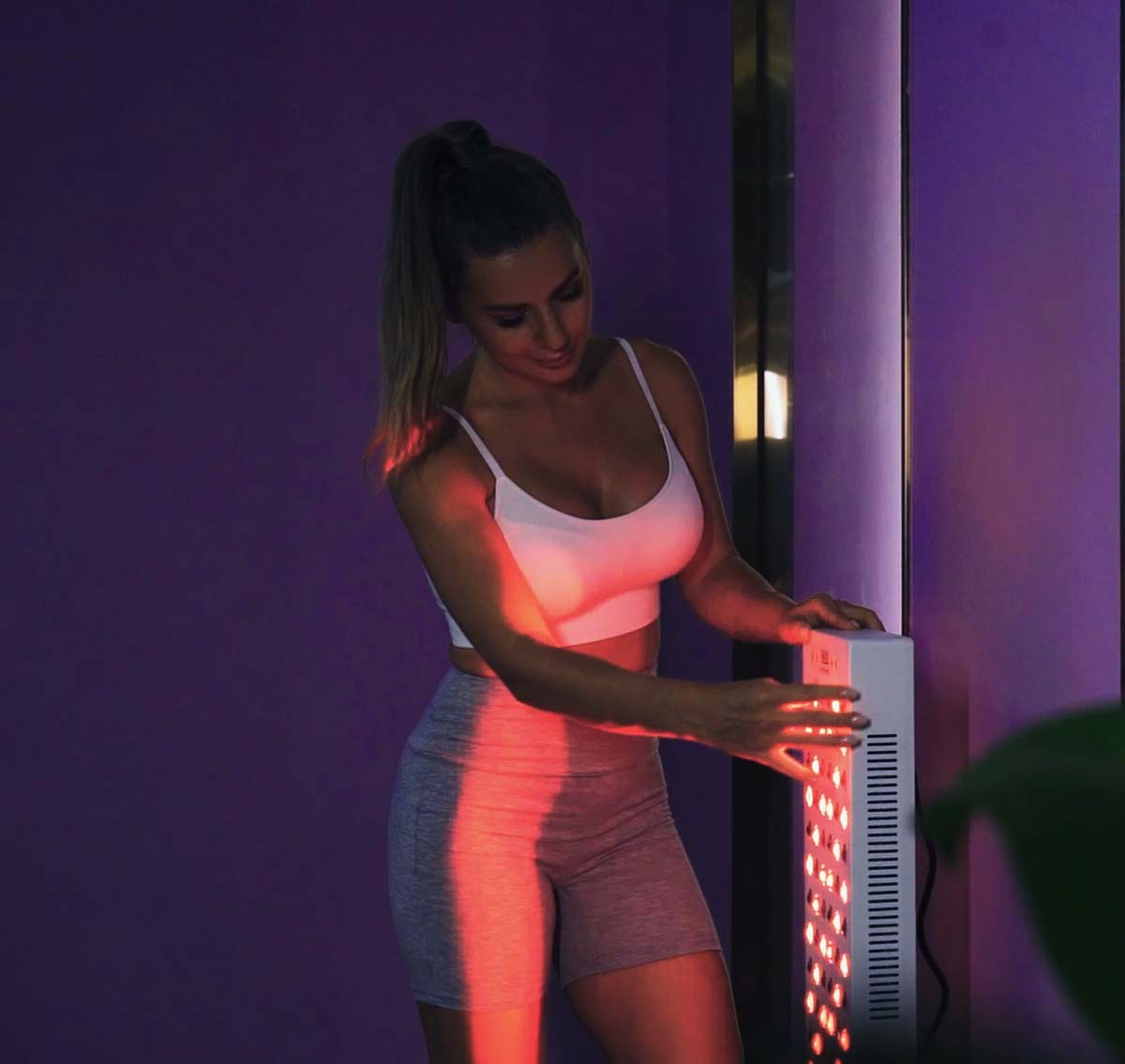
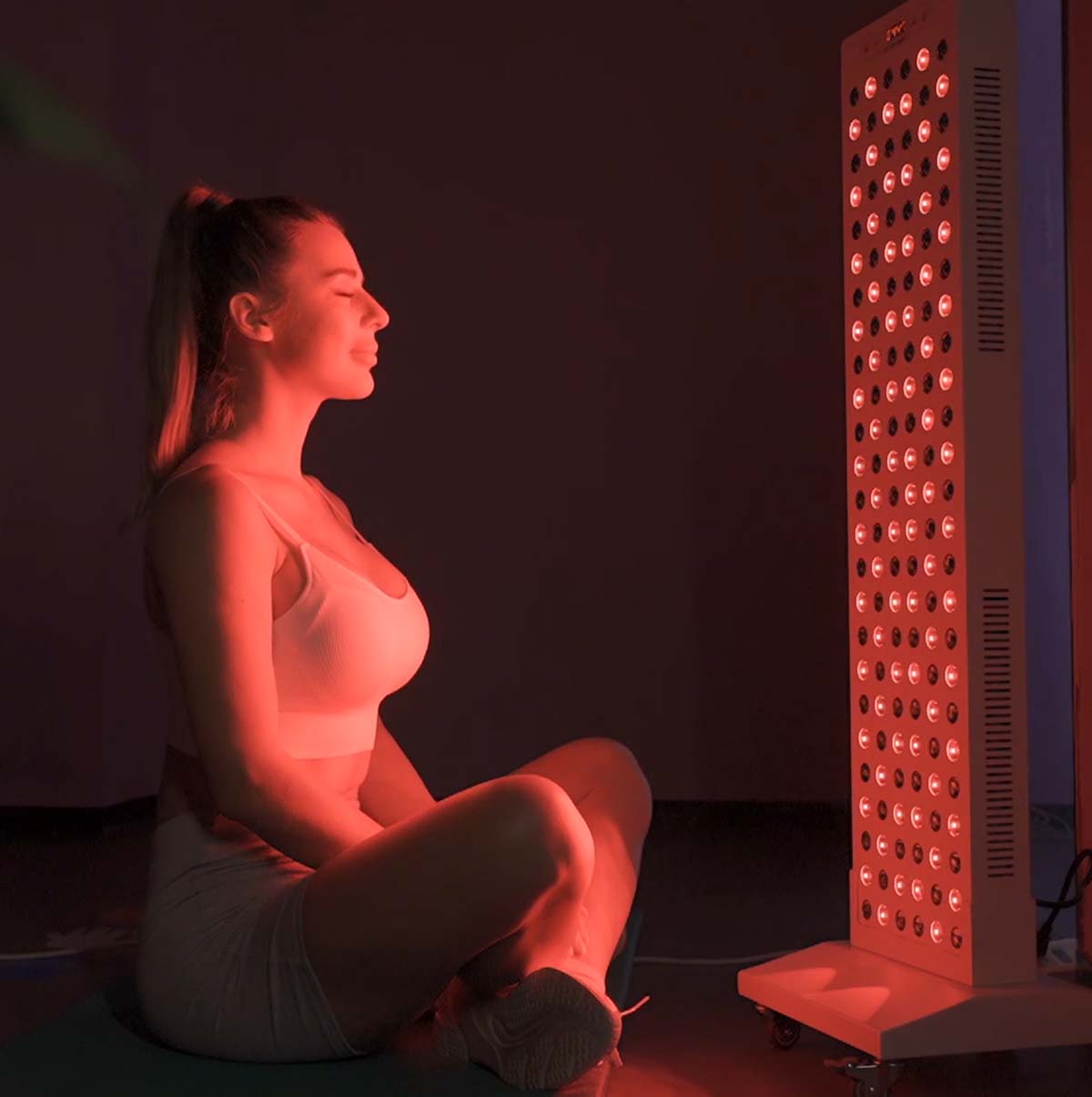
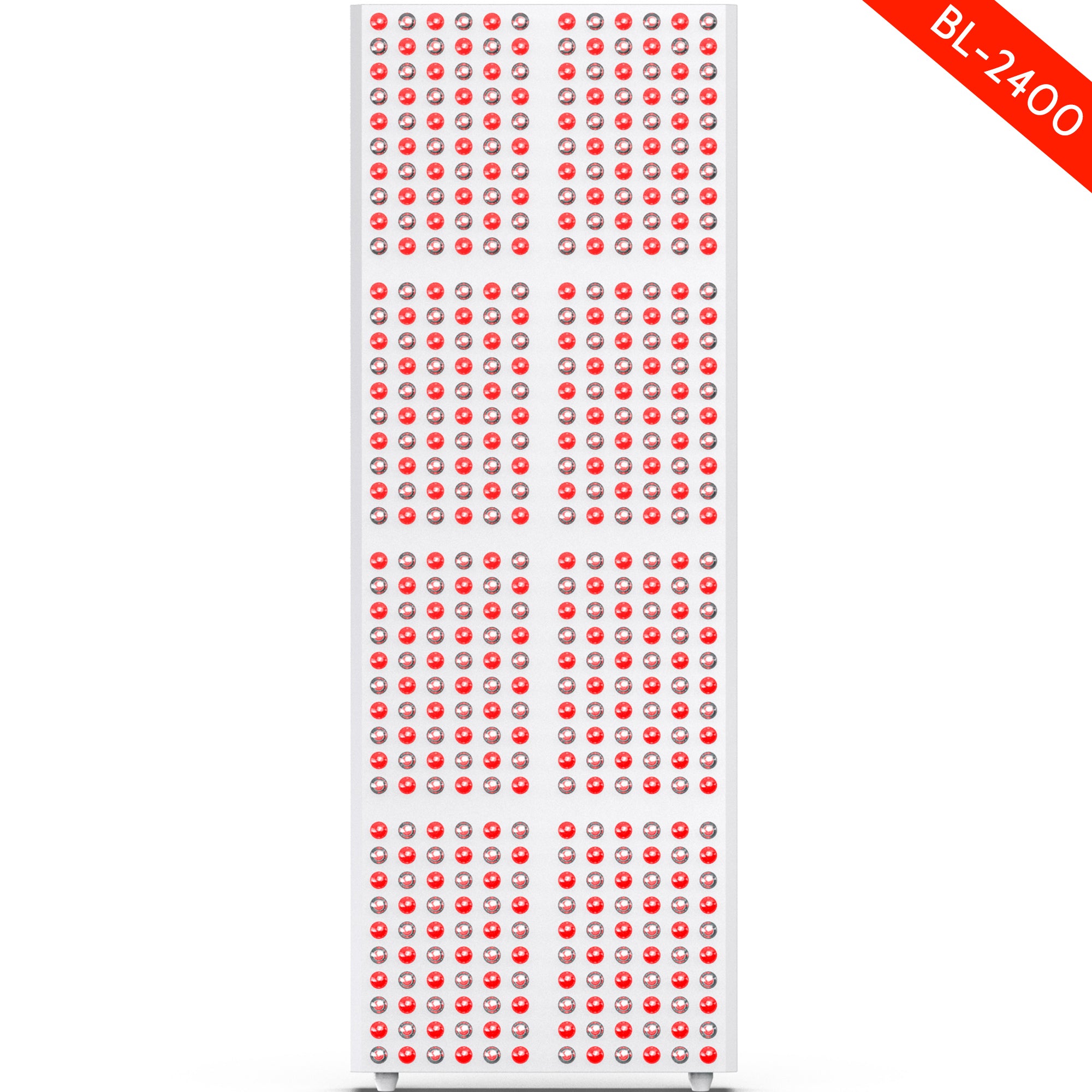
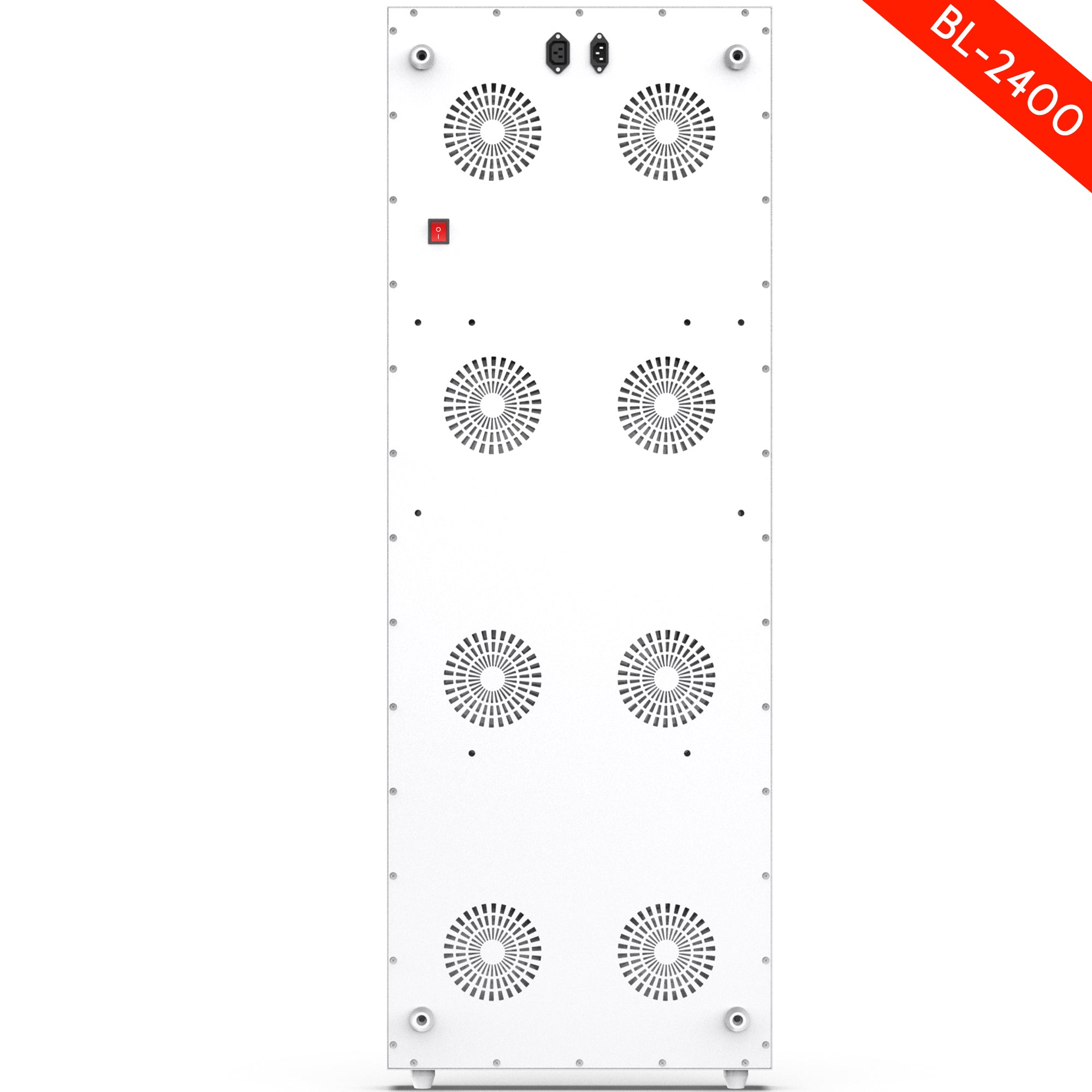
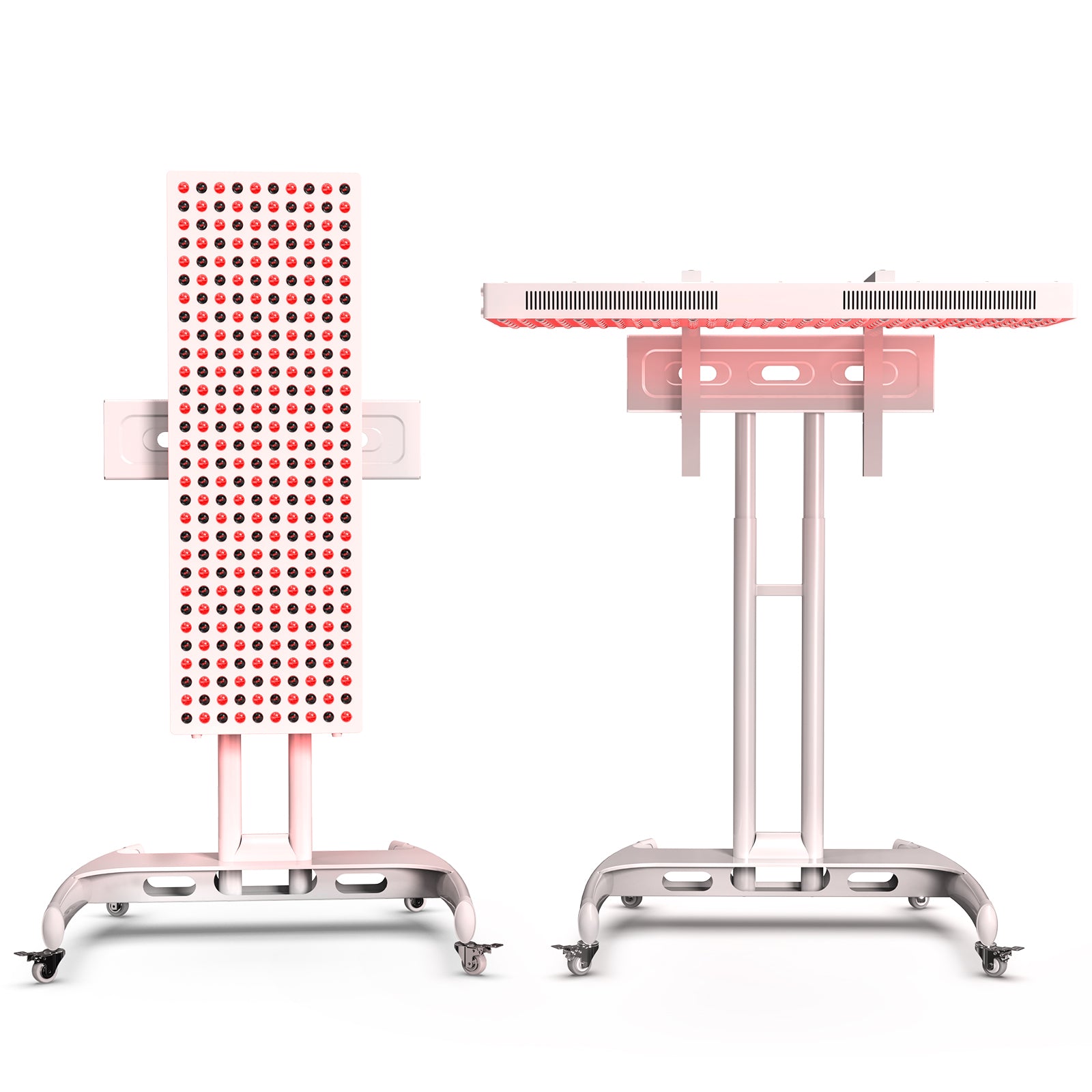
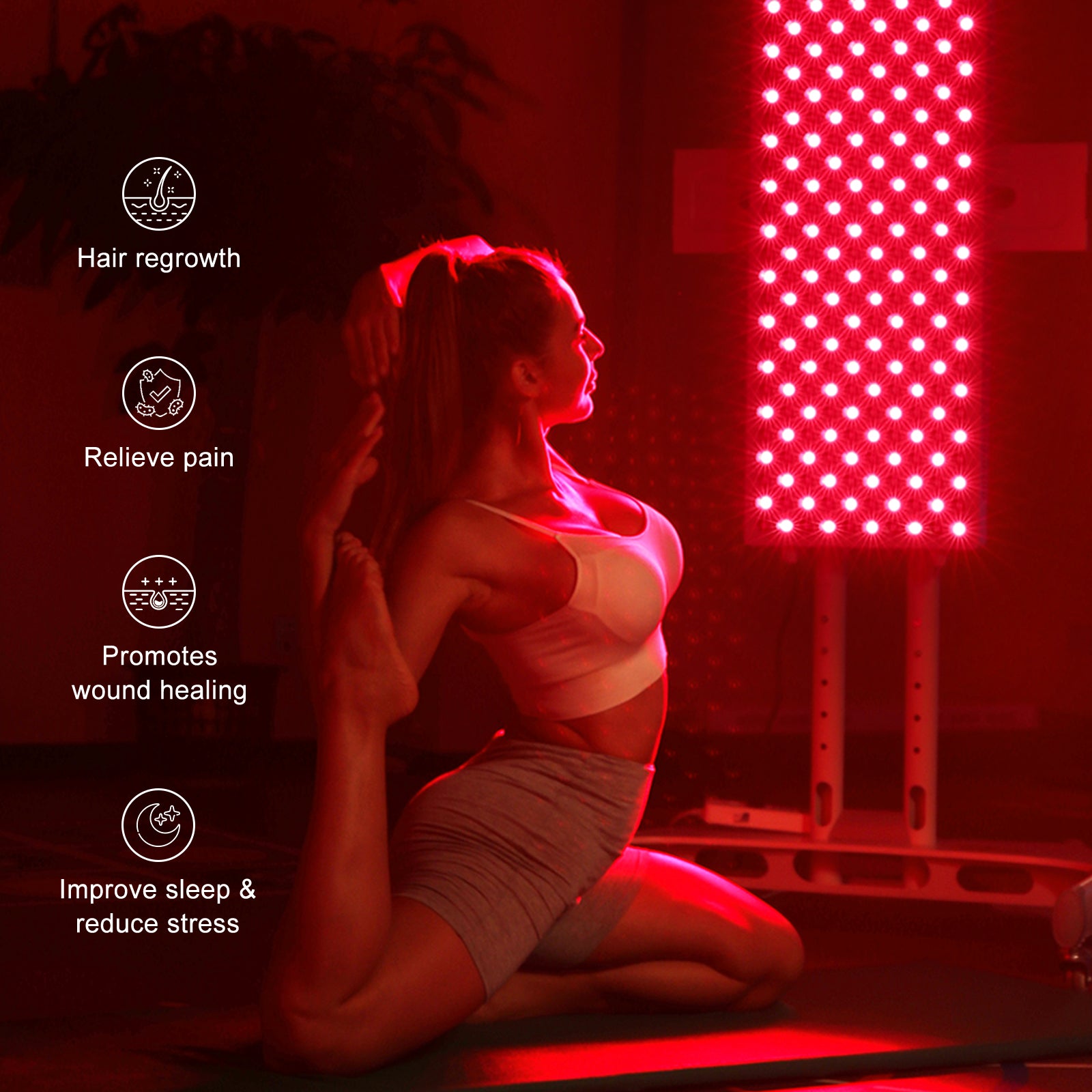
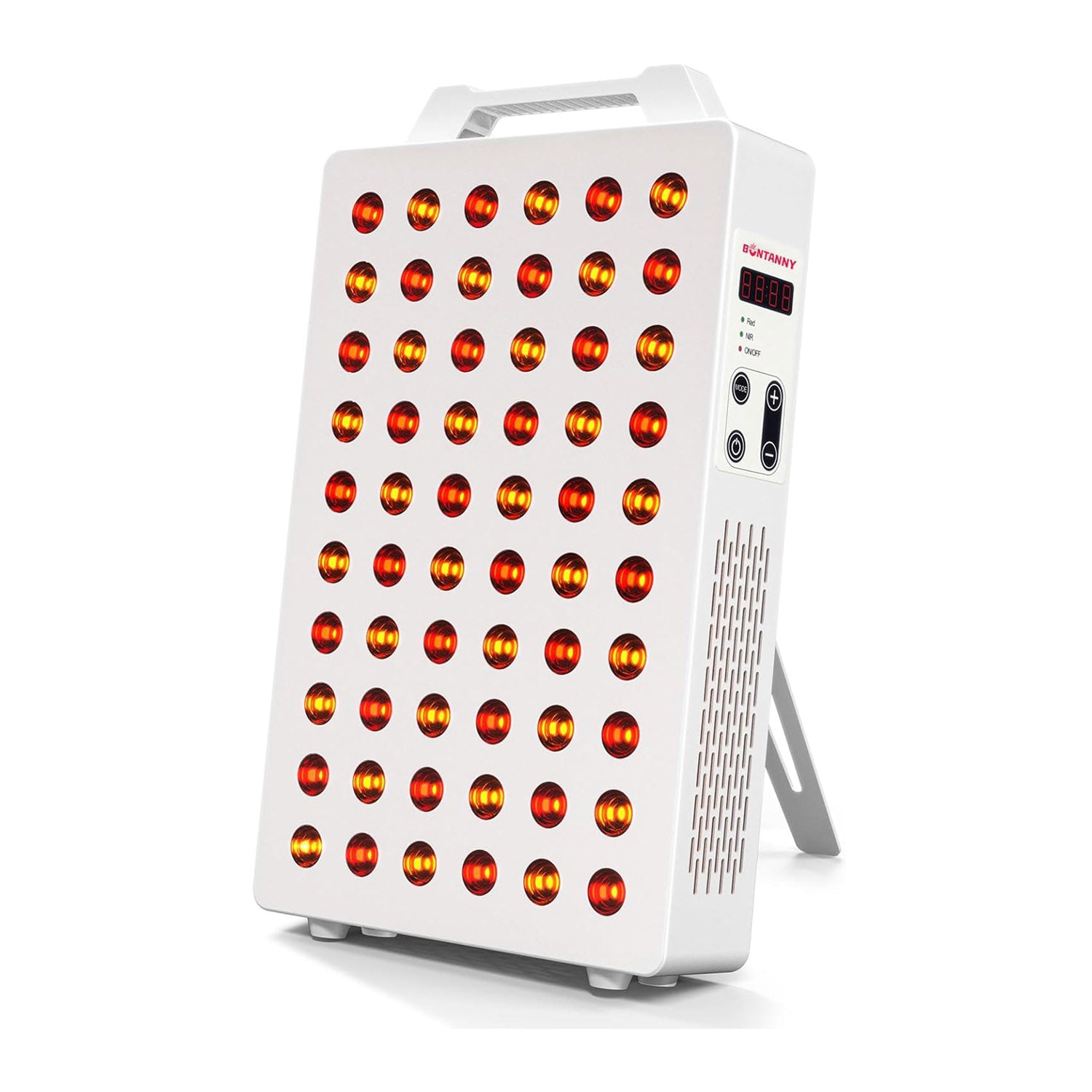
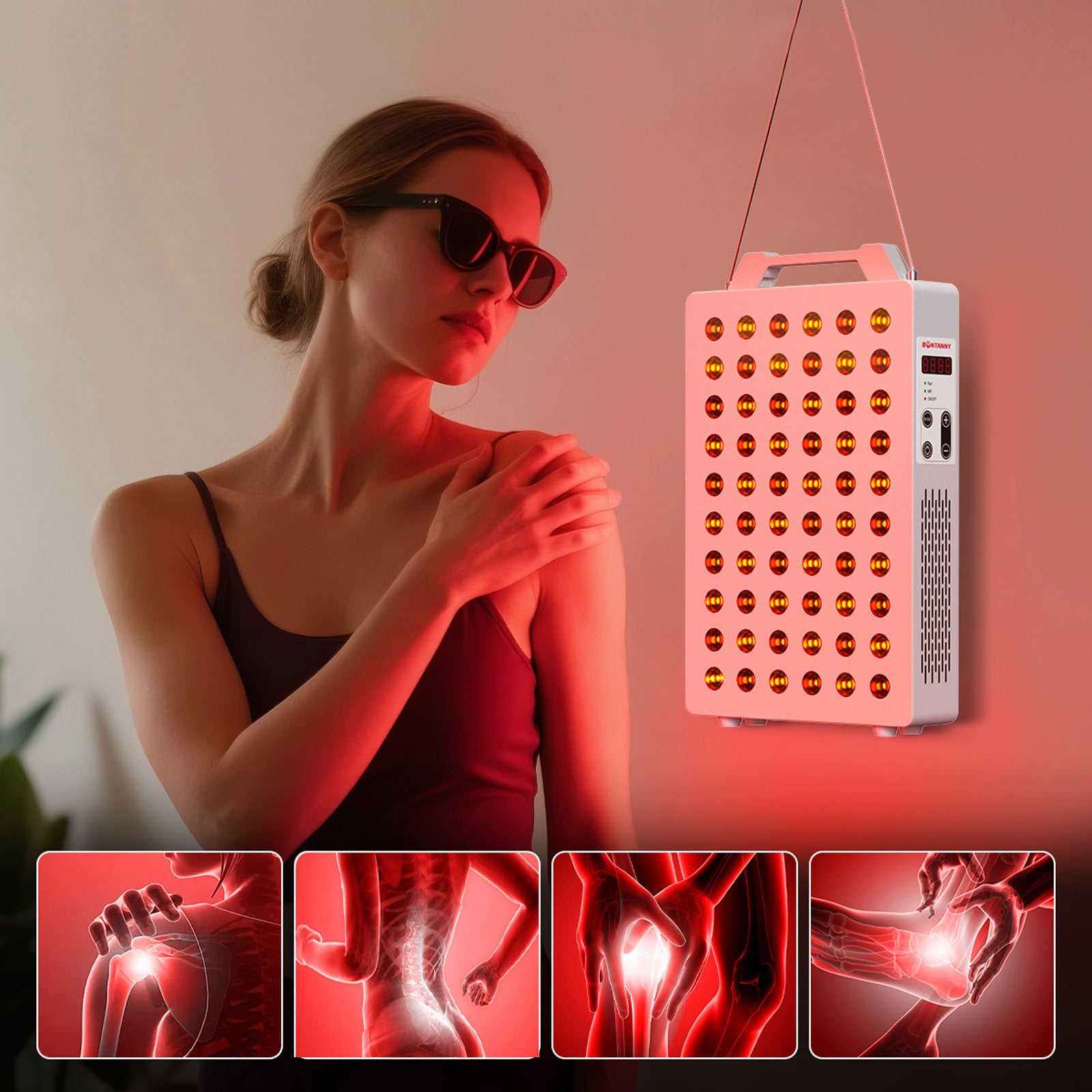
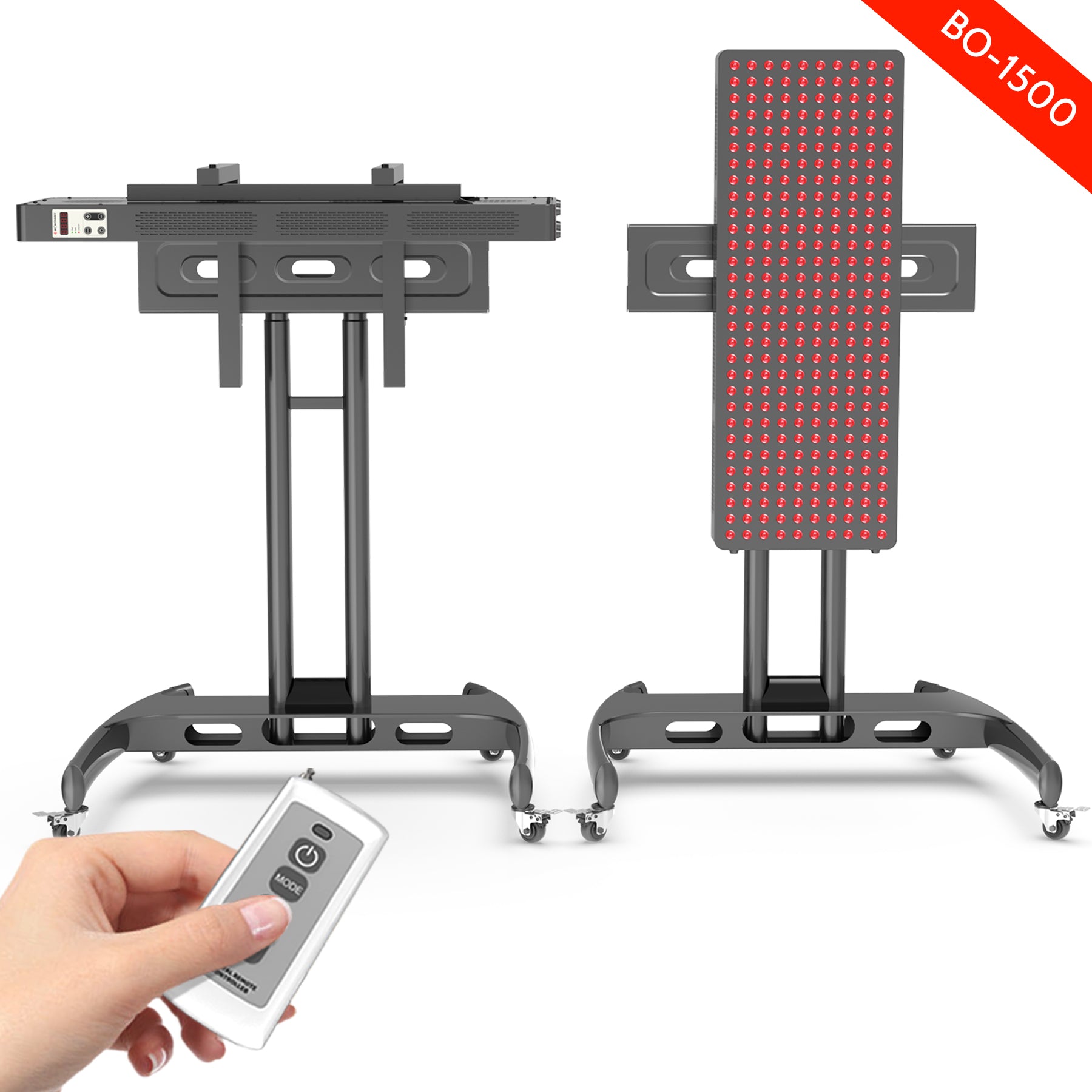

Leave a comment
This site is protected by hCaptcha and the hCaptcha Privacy Policy and Terms of Service apply.